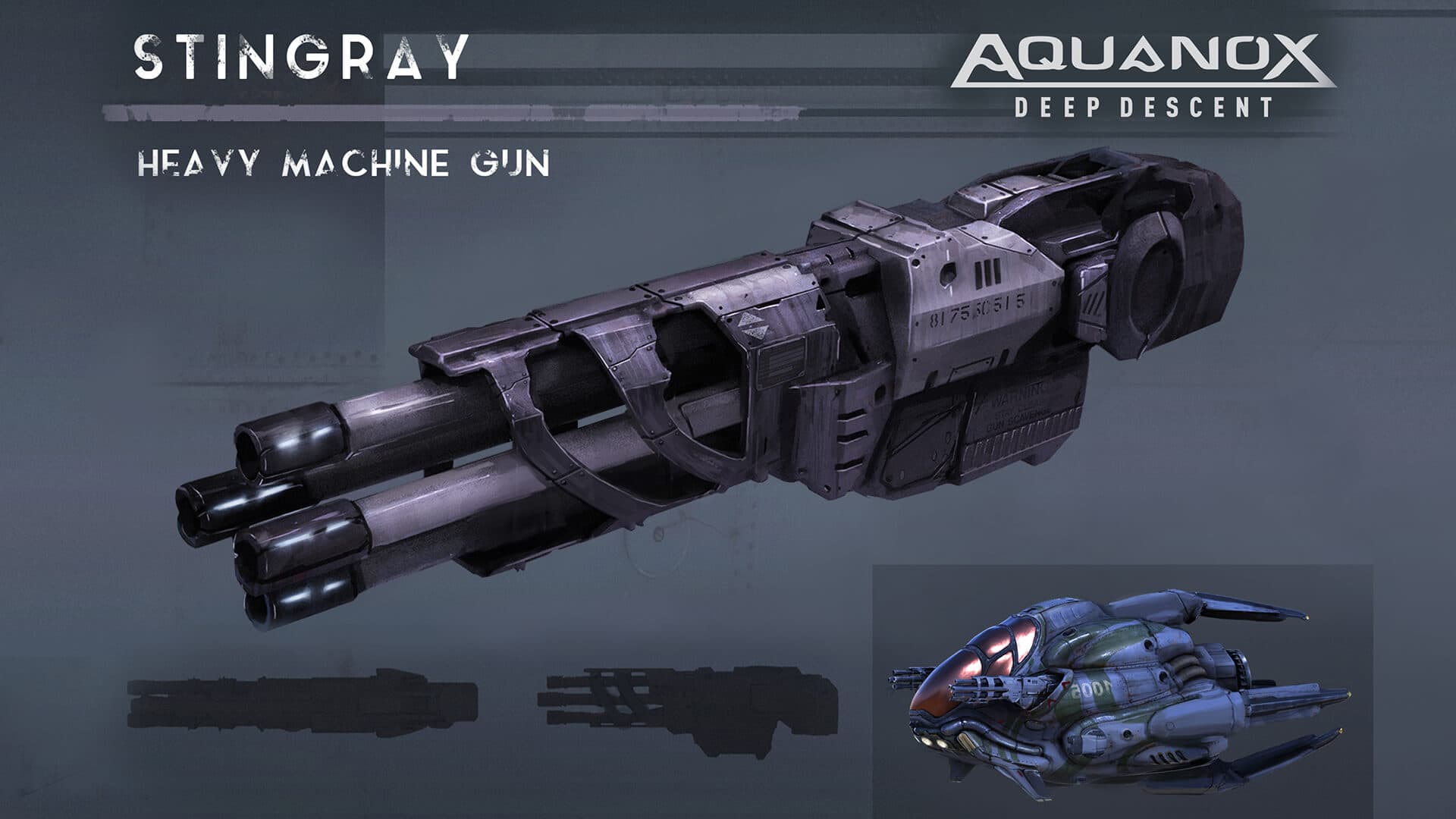

Exiting the mine required the player to locate and detonate the mine's nuclear reactor, causing the exit doors to open. The action always takes place in the mineshafts (as necessitated by the portal renderer), although outdoor segments were introduced in Descent³. The premise of Descent was that the player piloted an armed spacecraft charged with purging mines infested by renegade mining robots. With true 3D enemies, the game introduced a more frightening level of realism. Perhaps the more significant improvement over Doom was that Descent used bitmap sprites only for powerups and not for opponents. In this scheme, the player progressed from one enclosed chamber to another, and since the chambers were linked by narrow doors or tunnels, it was a straightforward matter for the program to know that other chambers were unnecessary to render. Instead of using BSP trees, however, Descent's scene graph employed portals.
#DESCENT FREESPACE 2 GAMEPLAY SOFTWARE#
Like those programs, it used a software renderer (3D graphics accelerator cards were not yet mainstream on the PC) and shared texturing similarities.

The year Descent was released, 1995, was a year or two after id's Doom but before Quake. Descent Maximum was a title developed exclusively for the Playstation, but shared much in common with the PC Descent II. There was also a Descent game produced for the Sony PlayStation.

Descent was ported to Apple's Power Macintosh in 1996 and both versions supported multiplayer network play over a variety of protocols. With the release of the Pentium, the performance requirements disappeared as an issue. The original Descent ran under DOS and was (with some tweaking) playable on 386-based PCs at 33 MHz.


 0 kommentar(er)
0 kommentar(er)
